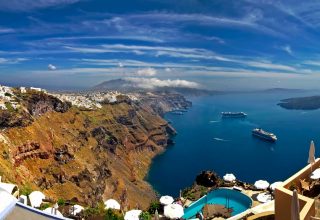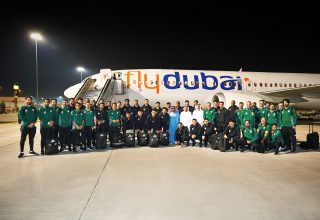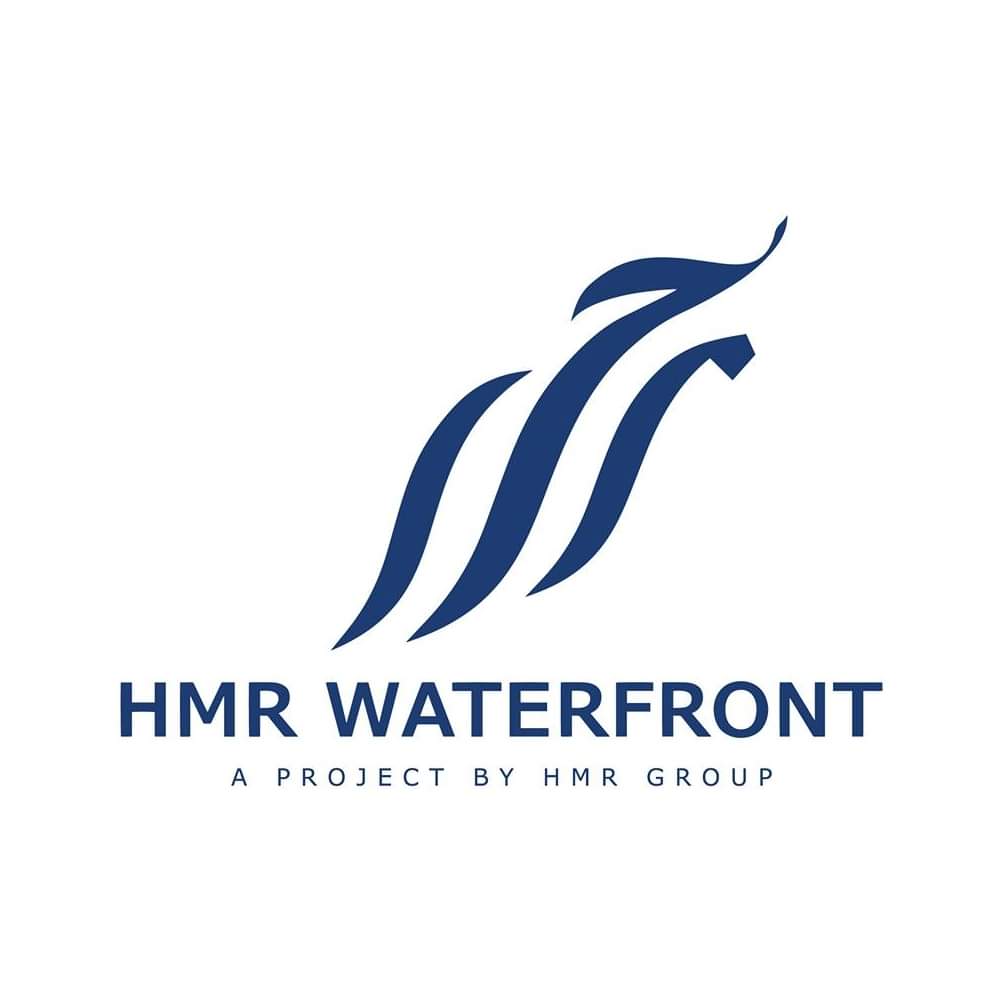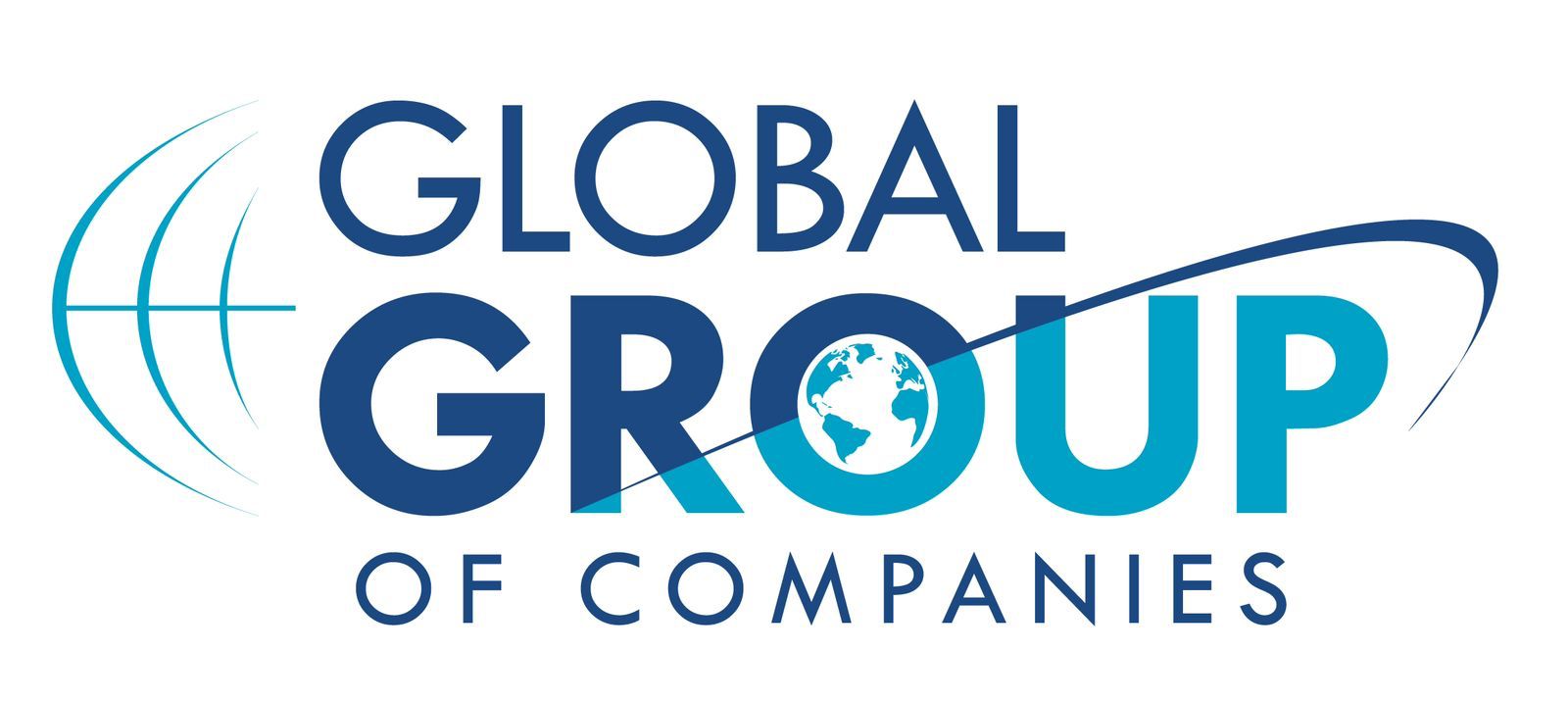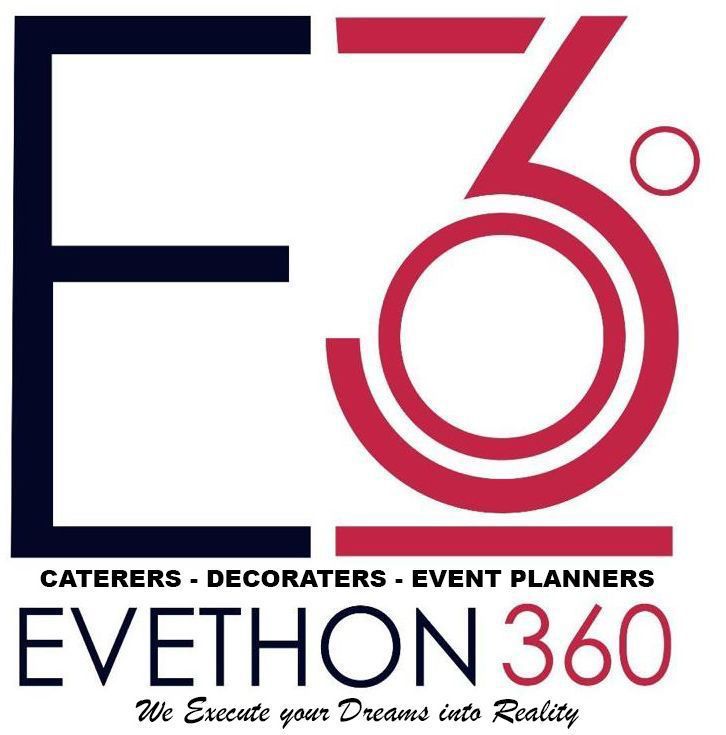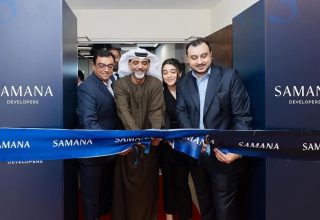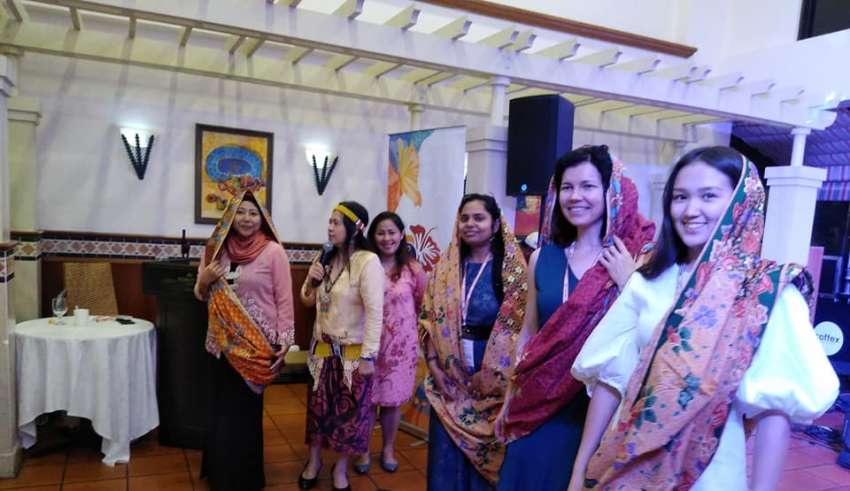
Tourism Malaysia hosted a group of 14 international media persons from 14 different countries for a visit to Malaysia on Mega Familiarization Tour Program (Mega Fam). Purpose of this visit was for reminiscence of Malaysian Heritage and Culture in particular historical places like Selangor, Melaka, Negeri Sembilan and Kuala Lumpur.
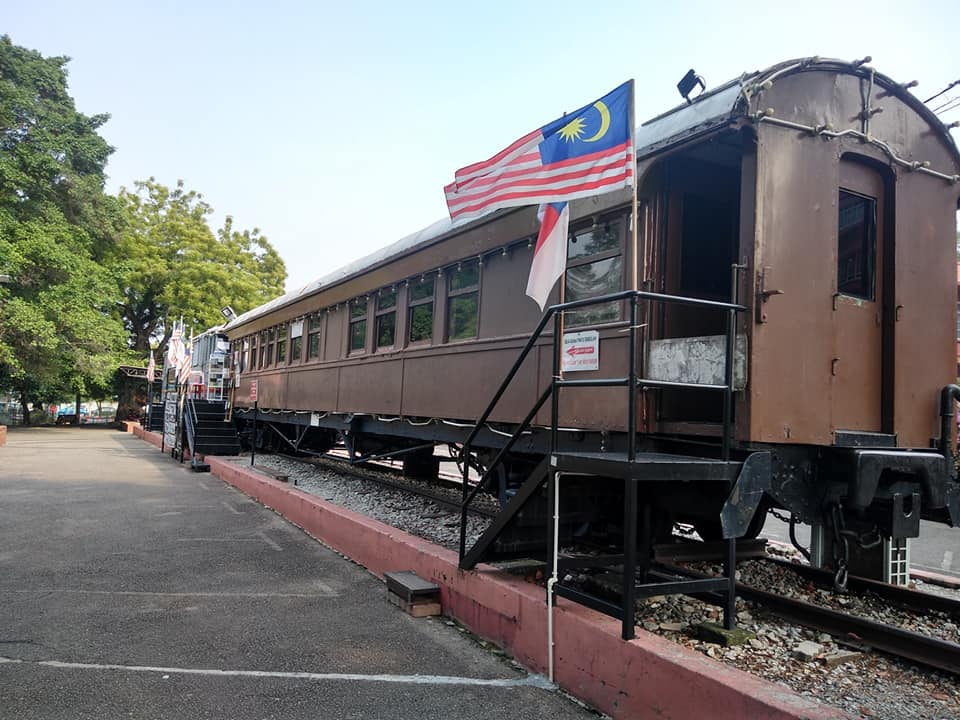
Mega Familiarization Tour Program (aka Mega Fam) is Tourism Malaysia’s campaign trail for global media audiences. Since its inception Malaysia has invited over 1000 participants from international print, television and the social media companies to its events. The Mega Fam program is organized with the support from local and foreign airlines, Malaysian accommodation centres like hotels, motels and hostels etc and local state governments. Established in the year 2000, it is part of Tourism Malaysia’s promotional strategy to create greater awareness of Malaysia as a tourist destination. Its main objective is to offer participants a personal experience of the myriad attractions, tourist destinations, and products and services in Malaysia in order to help develop tour packages and generate publicity on the country as a preferred destination for leisure and business.
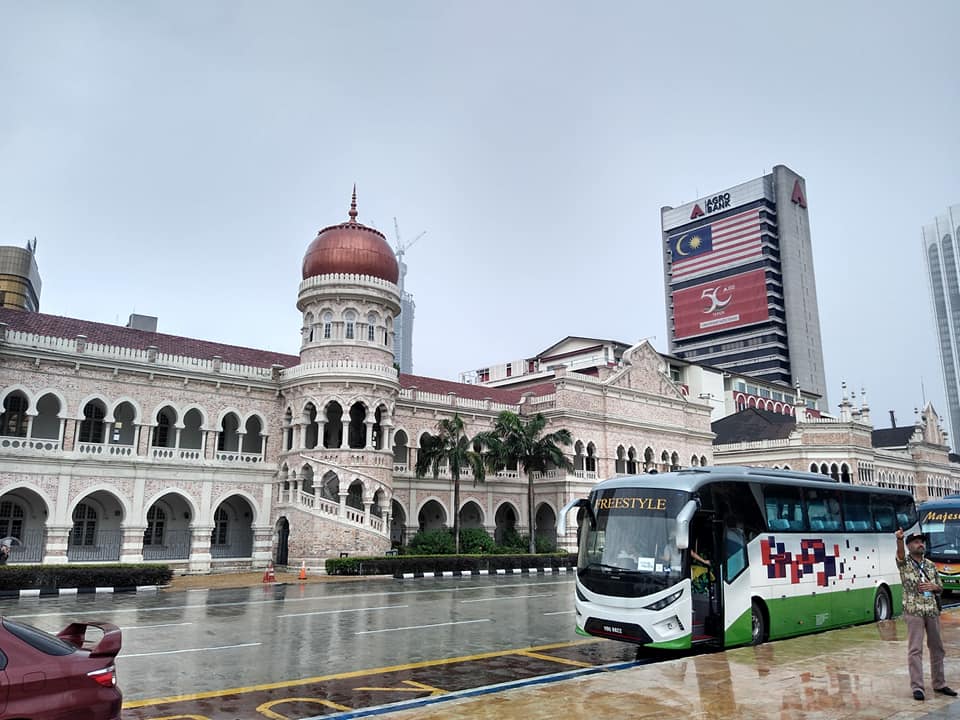
This time around the ‘Mega Fam Trip’ commenced from Dubai on 09th November 2019 and went on till 17th November 2019 and is in continuous build-up to “Visit Malaysia 2020” campaign which is now in full swing. This campaign is a digital initiative by Tourism Malaysia to support the “Visit Malaysia 2020” campaign and to portray Malaysia as one of the top destinations to visit in 2020. We departed from Terminal 03 of Dubai International Airport via Emirates flight number EK344 and enjoyed each and every moment of 06:55 flight to Kuala Lumpur.
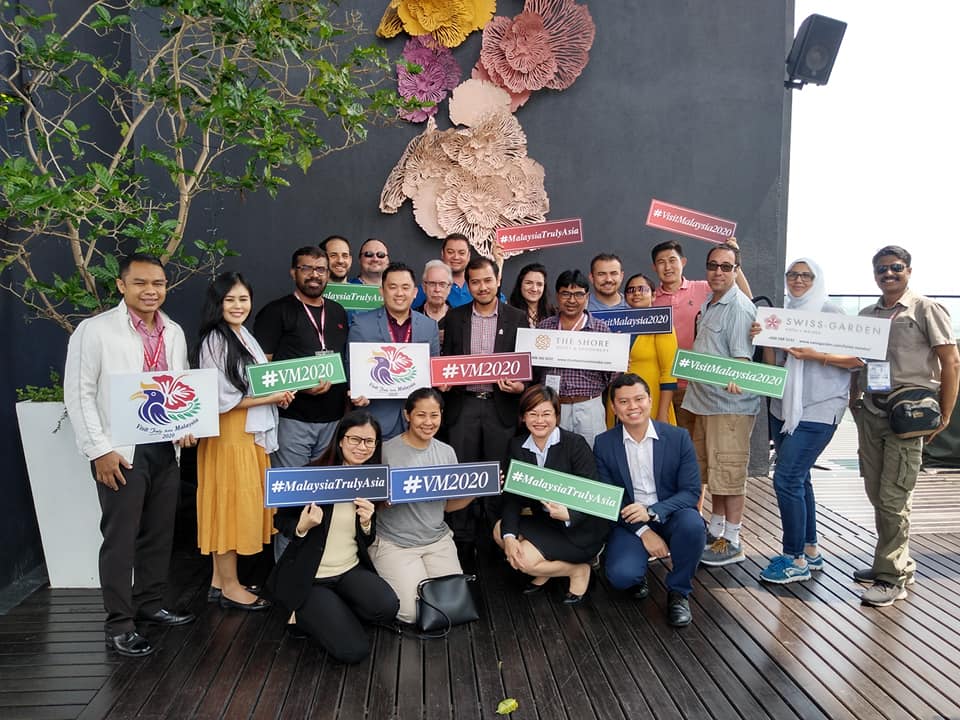
First day of this six (06) day Mega Trip started with our morning arrival at 08:30 am on 10th November 2019 at Kuala Lumpur International Airport. From airport we proceeded towards Sunway Clio Hotel in the heart of Selangor for check-in and for some rest.
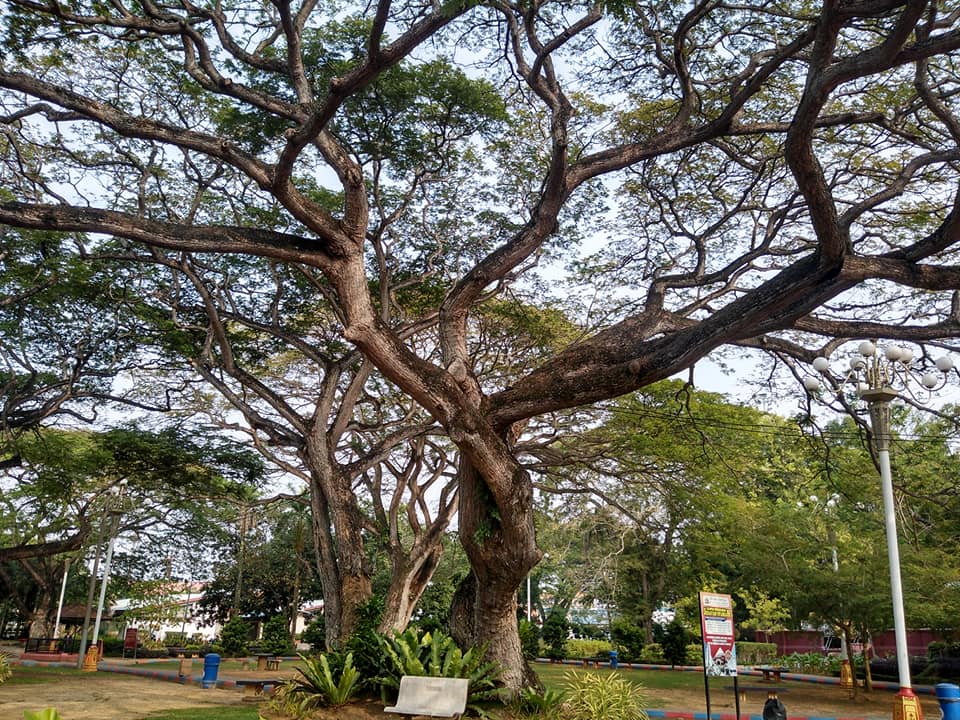
After check-in we had a full-day by ourselves and we didn’t miss this great opportunity to see sights and sounds of Selangor and Shah Alam. We were informed there that the state of Selangor has the largest economy in Malaysia in terms of gross domestic product (GDP) comprising more than 20% of the country’s GDP. It is also the most developed state in Malaysia with excellent infrastructure such as highways and transport and has the largest population in Malaysia with a high standard of living and the lowest poverty rate in the country. Walking all the way to Sunway Pyramid, which is one of biggest and best shopping mall in Selangor was also very exciting.
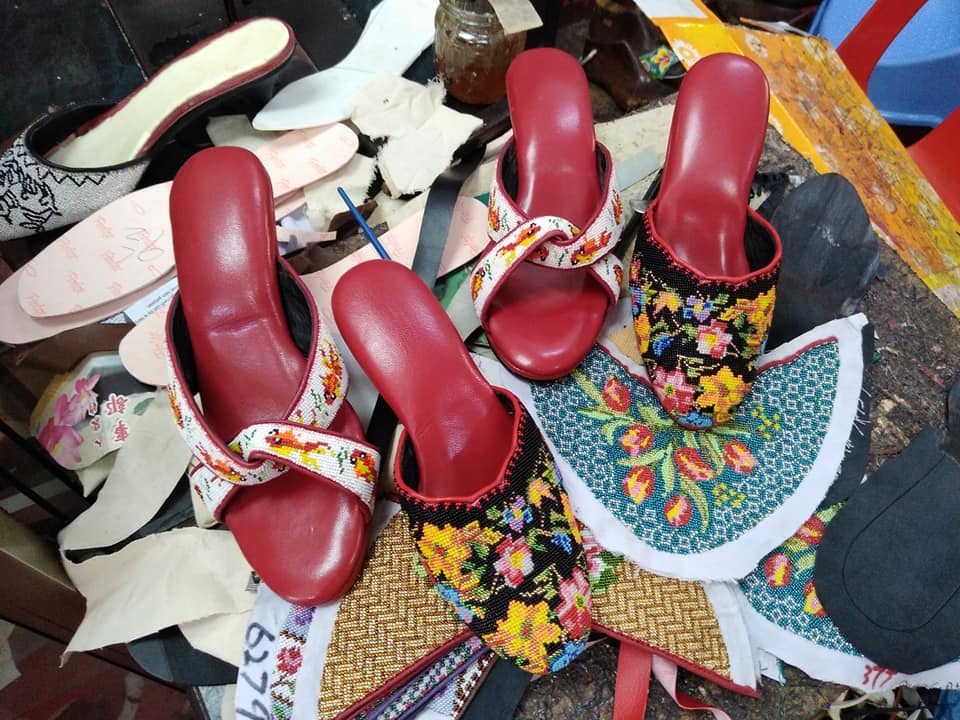
After our small trip around the Selangor / Shah Alam, we all participants of this Mega Fam trip gathered at our hotel and we headed towards Terazza Brasserie at Dorsett Grand Subang. At Terazza Brasserie we were introduced and were briefed about Mega Fam Secretariat of Tourism Malaysia, after which we had a networking session between ourselves (media) and also with desk officers of Tourism Malaysia. Cultural performance followed with some excellent tasting Malaysian and Continental Food on buffet menu.
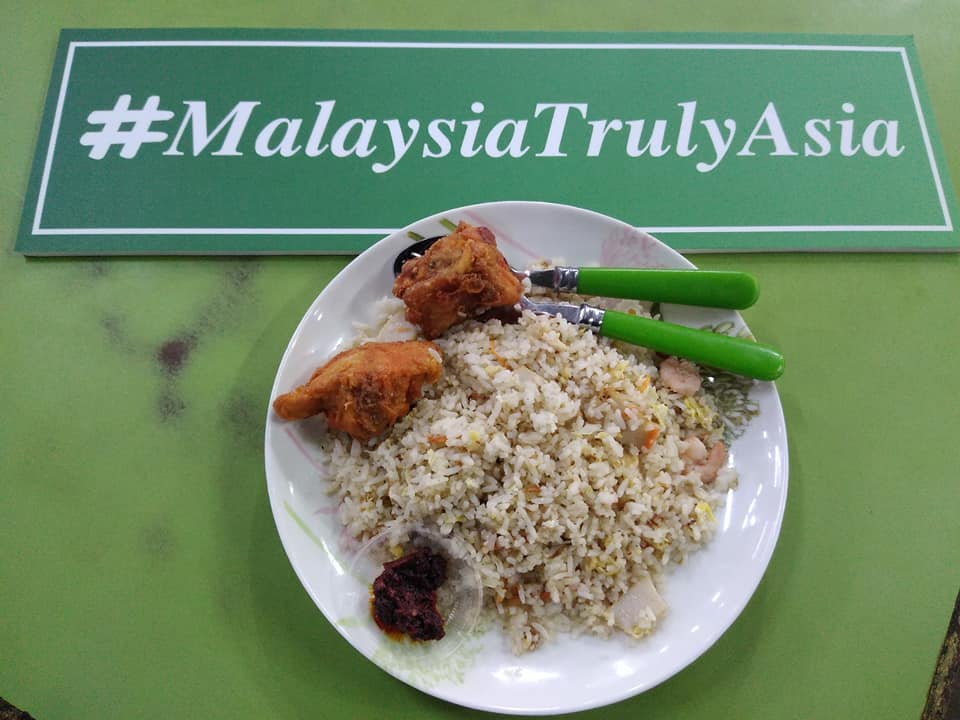
Day Two begun with a business networking session with Tourism Malaysia and Malaysian Airlines. From our hotel we were taken to Saujana Hotel in Kuala Lumpur to meet with the Senior Director of Corporate Communication Division of Tourism Malaysia Mr. Iskandar Mirza Mohd Yusof, who welcomed all the participants from 14 different countries i.e. Australia, Canada, France, India, Italy, Kazakhstan, Krgyzstan, Pakistan, Russia, Taiwan, Turkey, United Arab Emirates, United States of America and Uzbekistan for accepting the invitation to visit Malaysia via this Malaysia Mega Familiarisation Programme, which is held primarily to promote the Visit Malaysia 2020 campaign. Director of Tourism Malaysia briefed all the participants about this tour, its objectives and what to expect during this trip. After a very brief speech by Tourism Malaysia’s Director, we were shown a presentation on Visit Malaysia 2020 (VM2020) followed by power-point presentation by Malaysian Airlines representative. As a norm cultural dance followed immediately after lunch.
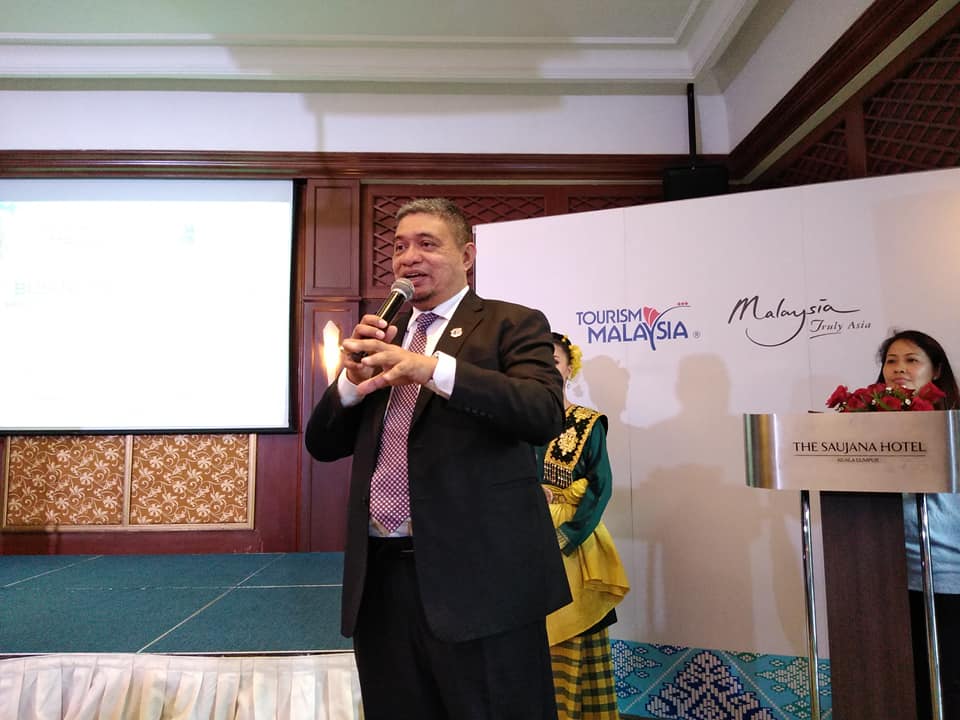
During second half of Day Two, we were taken for walk, which they had named as ‘Royal Klang Town Heritage Walk’, the purpose of this walk was to discover over 9 historical places in interest. It did give us an insight into the town’s development, the foundation of the Selangor’s monarchy and the British colonial administration from a period of the late 1800’s to mid-1900’s. This Heritage Walk was enjoyed by all participants as it had something for everyone.
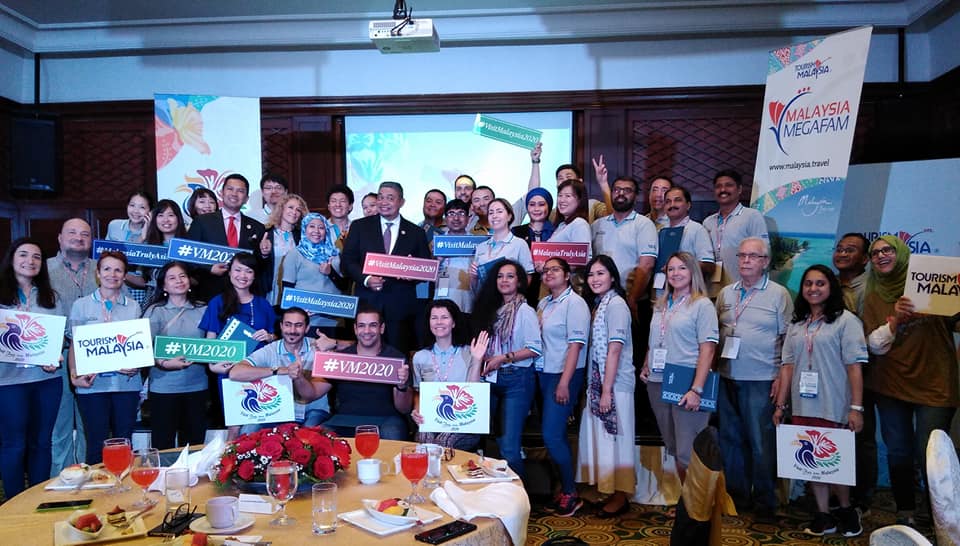
The Selangor State Tourism hosted a dinner party for us at Acapella Suites Hotel & Suites after which Day Two concluded. We went to our hotel and then to our bed for well deserved sleep.
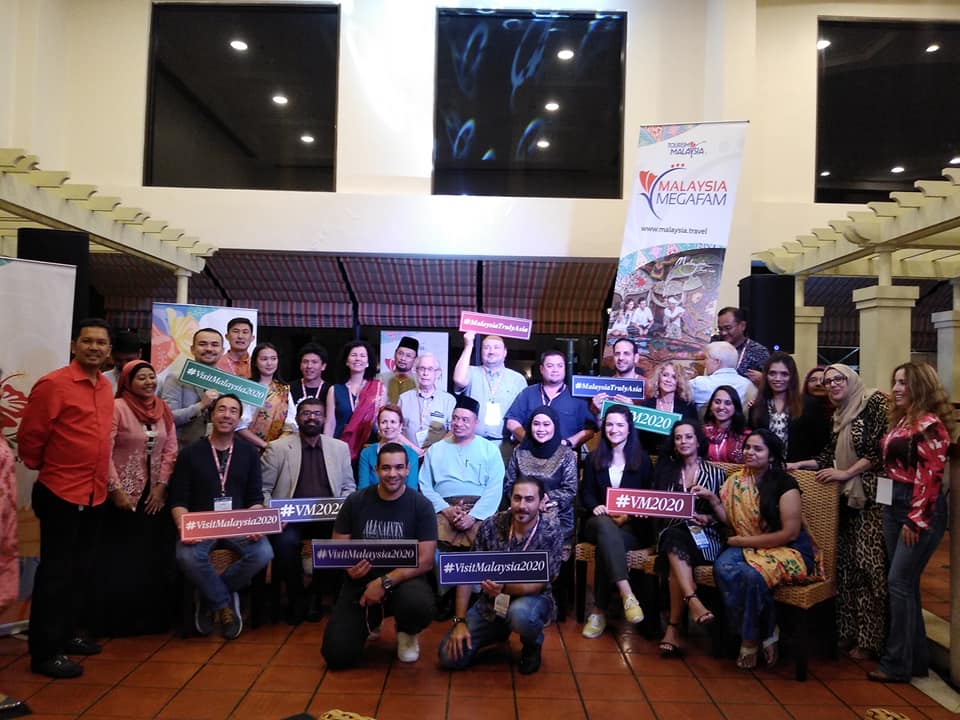
Day Three started early, as we were scheduled to head towards the state of Melaka. After two hours drive we reached Ayer Keroh Toll Plaza, from there we proceeded towards Hang Tuah Centre, which is located at Kampung Duyong, Melaka. Hang Tuah Centre is a museum and tourism complex dedicated to the famous legendary Malay warrior, Laksamana (Admiral) Hang Tuah. The complex among other contains a mini auditorium that can be used for theatre, film and video screening, cultural performance seminars etc. etc. This complex also contains five houses which represent the Malay warriors & friends which are Hang Tuah, Hang Jebat, Hang Kasturi, Hang Lekir and Hang Lekiu. Each house is equipped with silat court to allow activities to be conducted such as silat training, culture, and so on. Each house also displays the superior and uniqueness or Malay architecture through a refine technique and a unique interpretation which are full with symbolic manners. After exploring the Hang Tuah Museum, we also explored traditional costume and & traditional accessories. Interestingly traditional games i.e. top spin / congkak / traditional archery were also played by most of the participants. Lunch followed post-games.
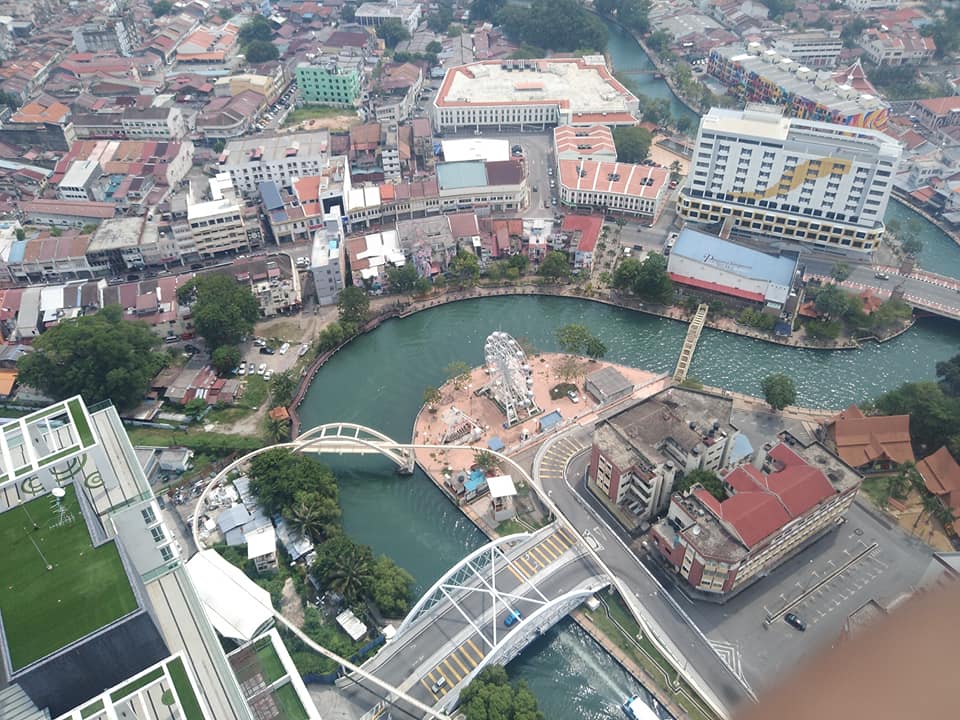
Then we took a fifteen(15) minutes drive to see The Baba & Nyonya Heritage Museum. This museum is is a combination of three terrace lots that were acquired by the Chan family in 1861. Four generations lived in this house before it was converted into a museum in March 1985. A tour into this house took us into late 19th-century and early 20th-century Malaya. Meander through the home of Baba Chan Cheng Siew (1865-1919) whose eclectic taste offers a glimpse into the richness of the culture and the opulence that was fashionable in many pre-World War II Peranakan homes.
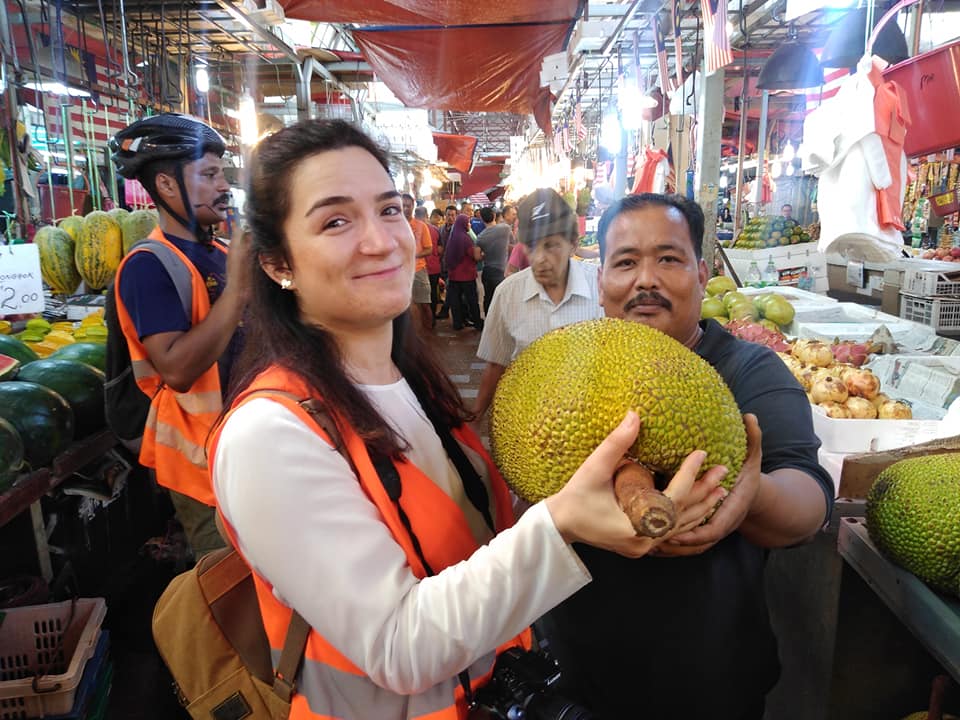
From their onward we were taken to a Peranakan Beaded Slippers making factory. Peranakan beaded slippers, also known as kasut manek literally meaning beaded shoes, is a type of shoe that dates back to the early twentieth century. These handcrafted Peranakan beaded slippers or ‘manek shoes’ are one of Malaysia’s proud heritage originating from Malacca since the 1930s. The intricacy and fine workmanship of a pair of beaded slipper is also a hallmark of highly accomplished Peranakan women, also known as nyonyas, whose skills in embroidery and beadwork are highly valued.
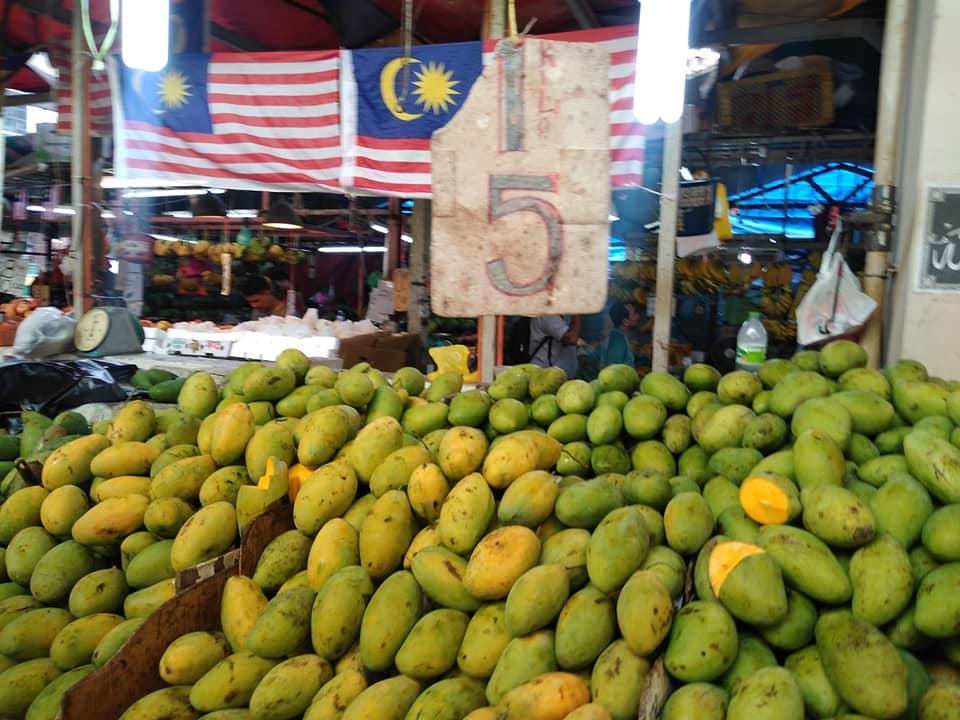
After a detailed field trip to historic sites in Melaka, we headed towards Hatten Hotel Melaka where we checked-in and gave our selves some rest.
For dinner we headed towards Jonker Street, which is also known as Chinatown Street of Melaka. Walking down the Jonker Street is also referred as the Jonker Walk. The road starts from across Melaka River near the Stadthuys. The road is filled with historical houses along its left and right sides dating back to 17th century. Apart from excellent tasting Malaysian Food and Chinese Food, Jonker Street also houses shops selling antiques, textiles, handicrafts and souvenirs such as key-chains and shirts. Situated in the heart of Melaka, it’s a long narrow five hundred meter street, flanked by old houses dating back to 17th century. It was merely a row of shacks when it started on the Western bank of Melaka River but now it’s a bustling street full of life.
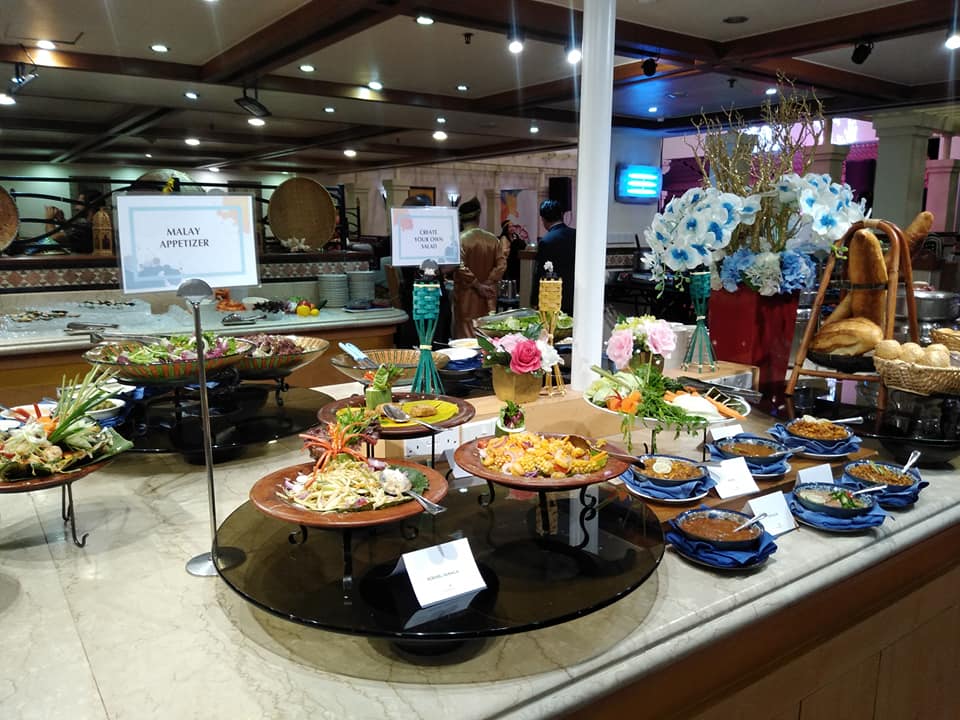
Final event of
the Day Three was Melaka River Cruise. This cruise is one of the must do things if you
visit Melaka. This 45-minute cruise passes through the downtown area with view
of old ware-houses, shop lots, restaurants and a traditional Malay village.
Lots of good graffiti art on the buildings which adds to the atmosphere.
Day Four began with the tour to Kampung Morten, which is an old settlement of British era. Kampung Morten was named in honour of Frederick Joseph Morten, a British Land Commissioner, Malayan Civil Service who assisted in the resettlement of the villagers to this area in the 1920s. Currently it has over 50 traditional old Malay houses. During our walk-around the locality we visited Villa Sentosa, a traditional Malay house that was built in 1921 by one of the founders of Kampung Morten. The house was turned into a private living museum in 1991. It is the oldest traditional house in the village. This old Villa Sentosa portrays a very excellent picture with a modern day skyscraper as it’s background.
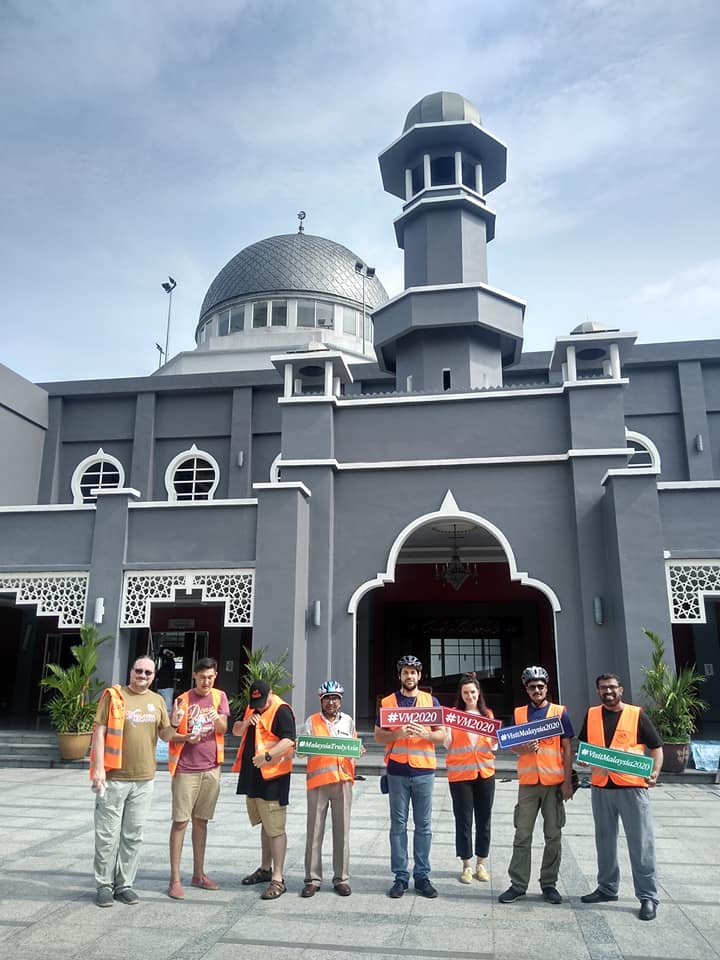
After Kampung Morten we headed towards the “Harmony Street” which showed a glimpse of how different races, culture and religion co-exist in Malaysia. First we visited ‘Sri Poyyatha Vinayaga Moorthy Temple’ which dates back to 1781, it is the oldest Hindu temple in Malaysia and amongst the oldest functioning Hindu temples in South East Asia. Next was ‘Kampung Kling Mosque’. The original structure was built in 1748 as a wooden building, but in 1872, it was re-built in bricks and retains its original design till today. Lastly a visit was arranged to see ‘Cheng Hoon Teng Temple’ which is chinese temple. It was built earlier but its current state was restored in 1640s. It features traditional architecture with intricately carved woodwork
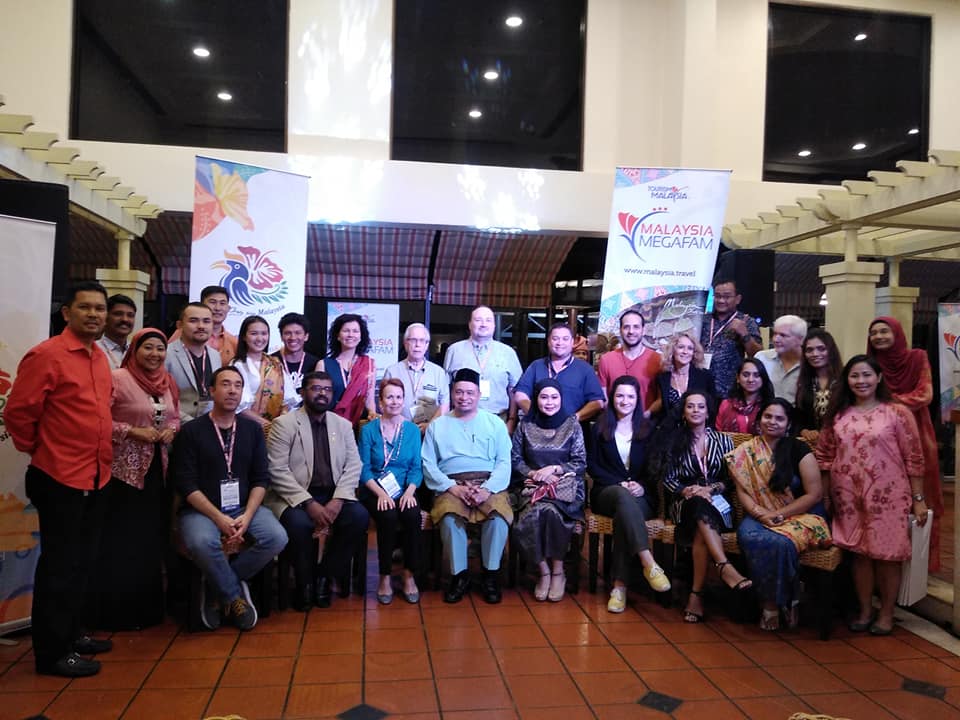
A very splendid lunch was hosted by Tourism Melaka after which we were taken to site where we were to witness a demonstration of ‘Keris making’. What is Keris? The keris is synonymous with Malay culture. In the old days was the favoured close quarter fighting weapon. Many functions are attributed to the keris, first and fore-most as a double edged stabbing weapon, secondly as a symbol of social status and thirdly as a talisman for protection. It was also used as an execution device, for various ceremonies and rituals, and as an object of reverence, and was widely believed to possess supernatural powers.
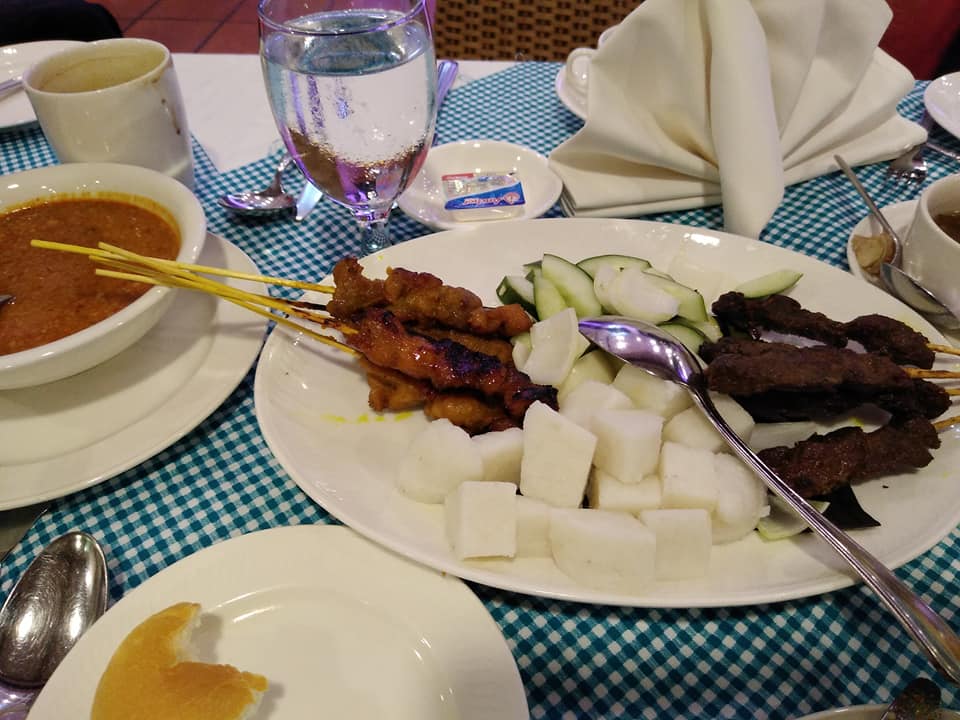
We headed for an early dinner, after which we were scheduled to head towards Rasa Melaka Panggung Bangsawan to witness ‘Rasa Melaka The Musical’. This is a theatre production celebrating the history and culture of Melaka and Malaysia. This 60-minute musical with beautiful folkloric music is aimed to enchant, soothe, and nourish the body and soul of the audience. With the help of high-end audio visual technology, the actors will lead the audience through a time tunnel back to Melaka 60 years ago. This spellbound performance brought an end to an exhilarating Day Four.

Day Five was another early riser for us. Negeri Sembilan was on schedule for us. Upon reaching Negeri Sembilan, we proceeded for ‘Sri Menanti Royal Museum’, which was once Istana Seri Menanti when it was completed in 1908. The palace was built considering on the Yang di-Pertuan Besar desired for it to reflect its Minangkabau roots, not only in terms of architectures design but also the symbolic aspect of family, traditional arts and others. It was said that no iron nails were used in the construction of the palace and the structures were held together by wooden pegs called pasak.
From Sri Menanti Royal Museum, we took an hour’s drive to reach Homestay Kampung Lonek. This is coined from a place where two (2) rivers meet, what local call “kualo” and a tree named “sempunek”. The home-stay programme for this traditional Malay village was started in 2005 and is hugely popular among the frequent tourist / travelers to this region. Our lunch was also arranged at Homestay Kampung Lonek.

After lunch we enjoyed ‘Bongai’ performance and Negeri Sembilan traditional folklore song and then proceeded towards kampung activities, which are Malaysian way of outdoors games during picnics. Activities we did were a) Kacau dodol, b) Mengemping padi c) Sukan rakyat and d) Mengoca ikan (which is catching fish with bare hands).
Departure to Kuala Lumpur was next and upon reaching their, we checked into Impiana Klcc Hotel & Spa. This check-in also turned out to be the concluding point for Day Five.
Day Six was designated for Kuala Lumpur, after breakfast we headed to Malaysia Tourism Centre (MaTic) where we had gathered for the best of Kuala Lumpur’s authentic experience by MikeBike. A journey through the fascinating and authentic Kuala Lumpur was waiting for us. It was a very unique experience for us.
Malaysia Tourism Centre (MaTIC) was the start of this cycling trip and this trip went to Dataran Merdeka Square then to KLCC Park, to Petaling Street Bazaar Chinatown, Kampong Bahru, Sultan Abdul Samad Building, Sin Sze Ya Temple (Chinese), Central Market, KLCC Tower, Petronas Twin Towers, Loke Mansion House, Masjid Jamek, Indian Masjid & Sri Maha-mariam-man Temple (Hindu) and then again to the ending point which was Malaysia Tourism Centre (MaTIC). One of the most interesting experience was to see the city’s oldest settlement, ‘Kampong Bharu’, which is a century old rustic Malay village in the heart of the city. This Malay enclave is rich in history, traditions and customs. Other Interesting things to see includes the traditional timber houses, street-food, trades and the oldest masjid. We also explored Chow Kit Market, one of the oldest busiest markets for fresh products in the city. After this two hours of cycling we headed back to our hotel to freshen up and have a lavish lunch at our hotel Impiana Klcc Hotel & Spa.

Next up was a long-walk deep into Kuala Lumpur to see its heritage. This segment was is Kuala Lumpur City Heritage Trail. We started Kuala Lumpur City Heritage Trail at Central Market from their we proceeded towards our first destination, which was Royal Selangor Club, being one of Asia’s oldest sporting institutions in Malaysia, it was founded in 1884. In the early years the Club acted as the meeting point for members of the British Colonial society. The Club was granted a royal charter by DYMM Sultan Selangor in 1984.
From there we proceeded towards ‘Kuala Lumpur City Gallery’, formerly known as Government Printing Office. This City gallery was built by A.C. Norman in 1899 and till today attracts many tourists coming to this mega city of Kuala Lumpur. Next in-line as ‘Kuala Lumpur Music Academy’, formerly known as Chartered Bank Building. This was built in 1919 and still is a popular choice for music lovers.
Other famous places visited included, ‘National Textile Museum’ formerly head-quarters of the Federated Malay States Railways also a very historic building, built in 1896 by architect A.B. Hubback. Then we went to see the ‘Queen Victoria Fountain’ which was shipped to Malaya on 1897 but was not assembled on site before 1904. ‘Old General Post Office’ was built in 1896 by architect Arthur Benison Hubback
‘Sultan Abdul Samad Building’ was built during the tenure of from 1894 till 1897, was designed by A.C. Norman and R.A.J. Bidwell in Mogul architectural style. Features copper domes and a 40 metre high clock tower.
‘Former High Court building’ built in 1909 also by A.C. Norman, followed by ‘Panggung Bandaraya’ now known as Old City Hall designed by Arthur Benison Hubback in 1896 were also visited along the walk. ‘Old Sessions & Magistrates Court’, formerly known as Federated Malay States Survey Office dates back to 1910
‘Masjid Jamek (Jamek Mosque)’ designed & built in 1907 by Arthur Benison Hubback. The mosque is sited where Kuala Lumpur’s history began, at the confluence of the Klang and Gombak rivers. ‘Oriental Building’ also known as Bumiputra Building is the building which formerly housed Radio Malaysia. This building was designed & built in 1930 by Arthur Oakley Coltman.
‘Gian Singh Building’ constructed in 1909 followed by the ‘Clock Tower’, built to commemorate the coronation of King George VI in 1937 were next in line as we walk by. Then we witnessed ‘OCBC Building’ designed in 1938 by Arthur Oakley Coltman. One special feature of this building Included underground parking for bicycles. Last place on interest on walk was to see ‘Lebuh Pasar Besar (Old Market Square)’ once the commercial heart of Kuala Lumpur with the main branch of Hong-kong and Shanghai Bank Corporation (HSBC) at one end of the square and Mercantile Bank at the other end. This turned out to be the end to our Kuala Lumpur City Heritage Trail and along-with the end of this walk our trip ‘Malaysia on Mega Familiarization Tour Program (Mega Fam)’ also concluded.
At the end of day Six we headed back to our hotel and had some leisure time. After early dinner we had time on our own to spend. We explored the mega city of Kuala Lumpur at our own leisure which was very relaxing for us.
On seventh day, we were scheduled to proceed towards Kuala Lumpur International Airport for our respective departures from once arriving at the airport; we boarded return flight to Dubai which was Emirates flight number EK345. This time 07 hours travel went like a blitz.
On concluding note I would personally like to thank all the officials, staff & team of Tourism Malaysia along with Tourism Offices of states of Selangor, Melaka, Negeri Sembilan and Kuala Lumpur. I would also like to thank the courteous, well trained and well behaved staff at all the properties where we were put-up for accommodation. Special shout- out for all the splendid and well informed all the respective guides that guided us well enough and made our tour more memorable. Last and not least a very special thanks to Emirates Airlines for taking care of my travelling to for this excellent and fabulous ‘Malaysia on Mega Familiarization Tour Program (Mega Fam)’.
Terima kasih from Rafiq Vayani



